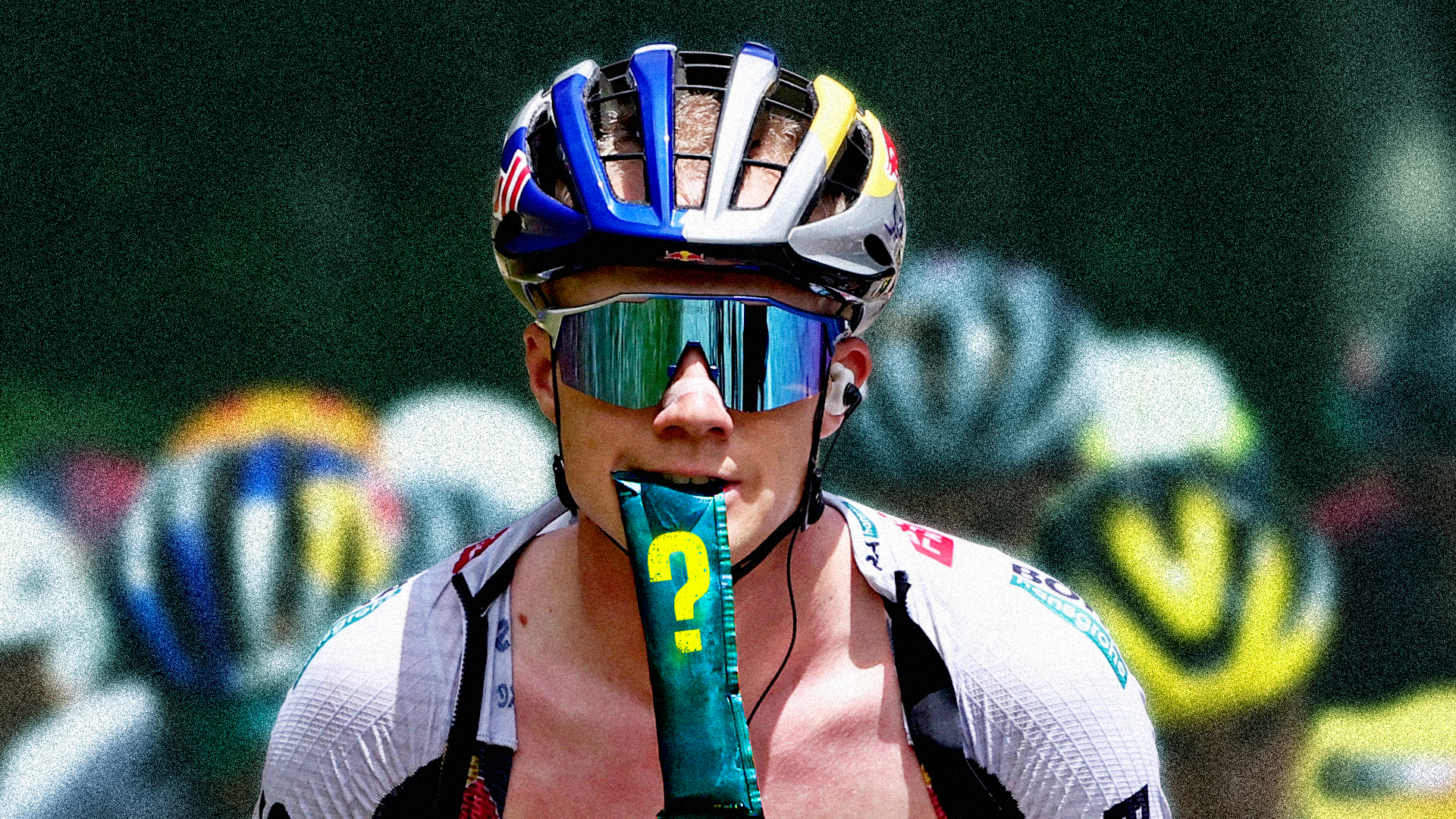What is the Oude Kwaremont? Inside the central climb of the modern Tour of Flanders
The facts, figures, and history behind the historic Flandrien berg

Cycling’s monuments are legendary events, characterised by the biggest rivals battling it out on the most brutal parcours, with the Tour of Flanders perhaps the most exciting of them all.
Few races on the calendar match the importance and prestige of De Ronde and its gruelling cobbled sectors and relentless hellingen (climbs) are some of the most famous sights in pro cycling.
In a race often more than 250km in length for the men, and nowadays over 160km for the women, the impact a 2.2km piece of cobbled road in Kluisbergen could have on the outcome could come into question – if it wasn’t the famed Oude Kwaremont.
Not as steep as the punishing Koppenberg and Paterberg climbs, but equally as important, the Kwaremont is the longest cobbled climb in the race and breeds an intense tactical battle as one of the key points on the Tour of Flanders route since the controversial redesign in 2012.
The Oude Kwaremont as we know it has been used in the race since 1974 and it means ‘old’ to separate it from the Nieuwe (‘new’) Kwaremont which runs parallel and is still used in races such as Dwars door Vlaanderen.
The Nieuwe Kwaremont used to be a cobbled road but has long been paved and makes up part of the N36 main road from Berchem to Ronse – less exciting than the cobbled back route into the village.
In terms of importance, however, the Kwaremont’s has risen significantly since 2012 when the course was redesigned to finish in Oudenaarde instead of Meerbeke which hosted the race’s finale from 1973 until the changes.
The latest race content, interviews, features, reviews and expert buying guides, direct to your inbox!
Since 2012 the Kwaremont has been completed three times in the men’s race and once in the women’s and its final ascent in combination with the Paterberg has become a crux point of the race.
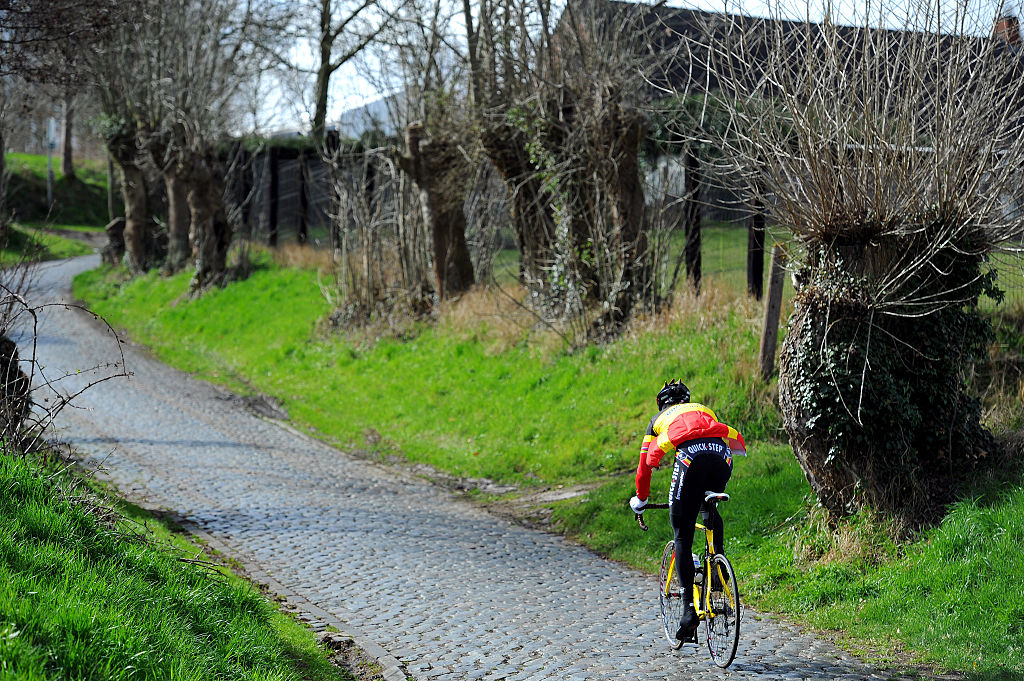
From 1973-2011 there was a different duo of climbs that decided Flanders – the Muur van Geraardsbergen and the Bosberg. Their iconic status caused controversy as some people believed their removal meant the race was no longer the Tour of Flanders.
The climb itself does not start on cobbles and its steepest section is only 11.6% and comes in the middle section, which compared to the Paterberg maxing out at 20.3% and the Koppenberg at 22%, may seem relatively bearable, but it is far from it.
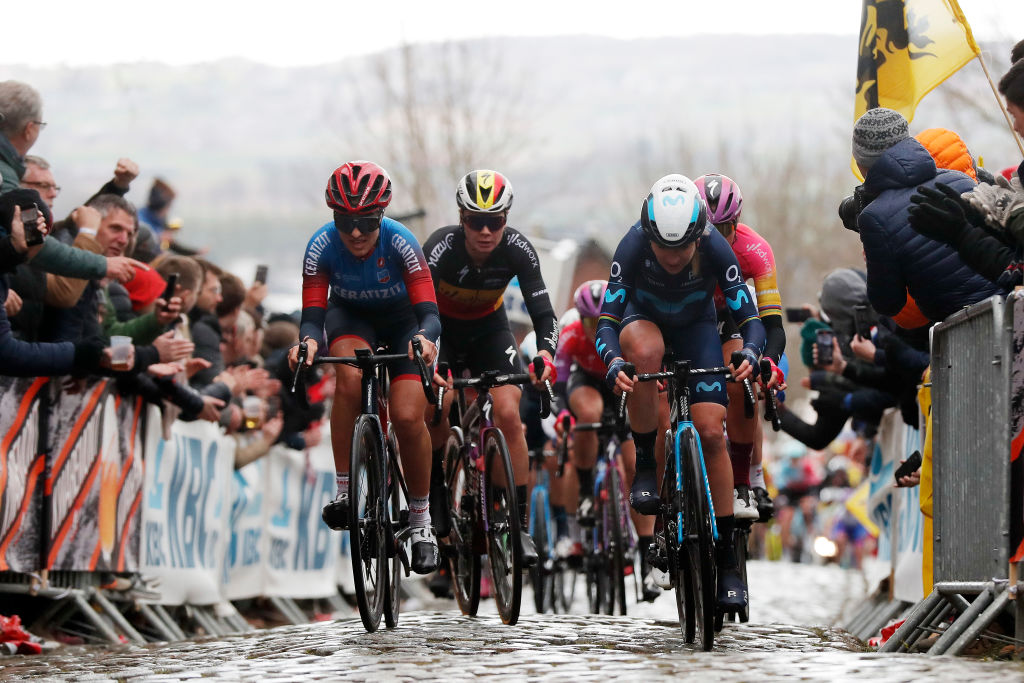
Once the worst seems to be over, the riders battle with the false flat section without time to recover and this is often where the pain is highest. The legs are full of lactic acid from the early gradients and the unrelenting cobbled road keeps coming and coming – as do the rows of fans screaming at their heroes.
Races have been won and certainly lost here, as in 2022's edition where Tadej Pogacar put the hammer down on the second ascent of the cobbled sector and ‘slaughtered’ the 2021 winner Kasper Asgreen after he tried to follow the two-time Tour de France champion.
Asgreen did take the Strava KOM for the sector at 4:33, but only because Pogacar had lost his bike computer in an earlier crash. Van Vleuten has the QOM at 5:44 from the 2019 edition of De Ronde.
Recently retired Niki Terpstra used the Kwaremont as a launching pad in 2018 as he caught the breakaway and left them in his dust to become the first Dutchman to win the Tour of Flanders in 32 years, with second-place finisher Mads Pedersen the closest, but even the incredibly versatile Dane couldn’t hold onto Terpstra’s wheel.
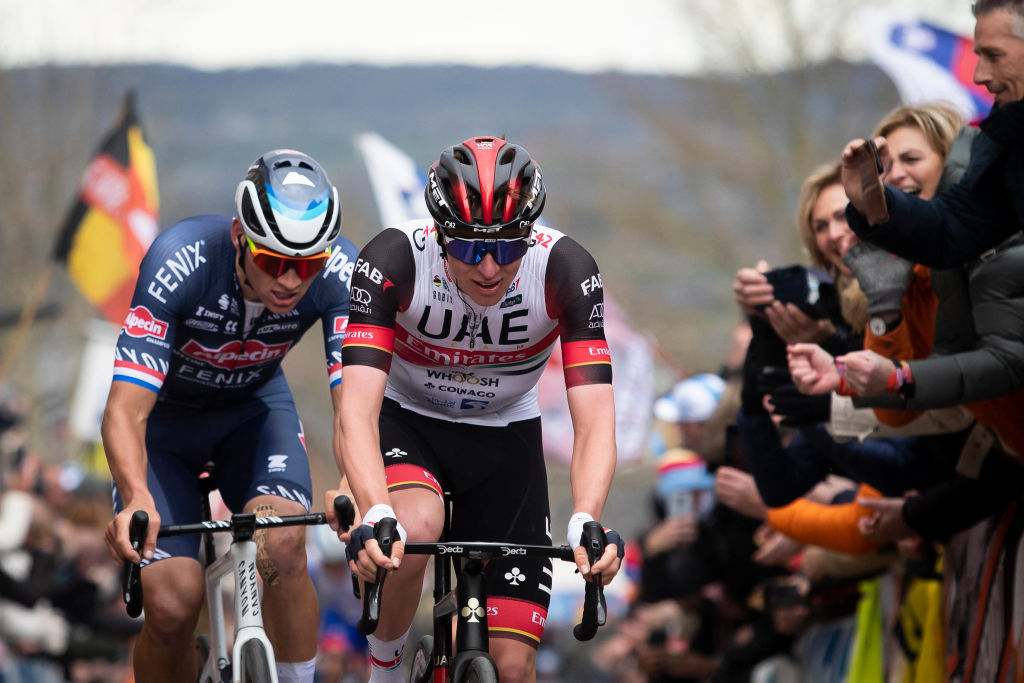
His footsteps were followed the following year by surprise winner Alberto Bettiol who rode everyone off his wheel on the 2.2km section, stayed ahead over the Paterberg and was able to sustain enough of a gap on the run into Oudenaarde to take his first professional victory at one of cycling’s biggest races.
Hours prior to Bettiol’s triumph came compatriot Marta Bastianelli’s victory in the women’s race where she also showed her strength on the Kwaremont and blew up the main group, before sticking with Annemiek Van Vleuten and Cecilie Uttrup Ludwig and outsprinting them to the line.
The other key aspect to the Kwaremont outside of its own difficulty is the race into it, and the race after it. The climb is frequently the juncture between a furious fight into the sector's beginning, and a desperate chase after completing it and being dropped.
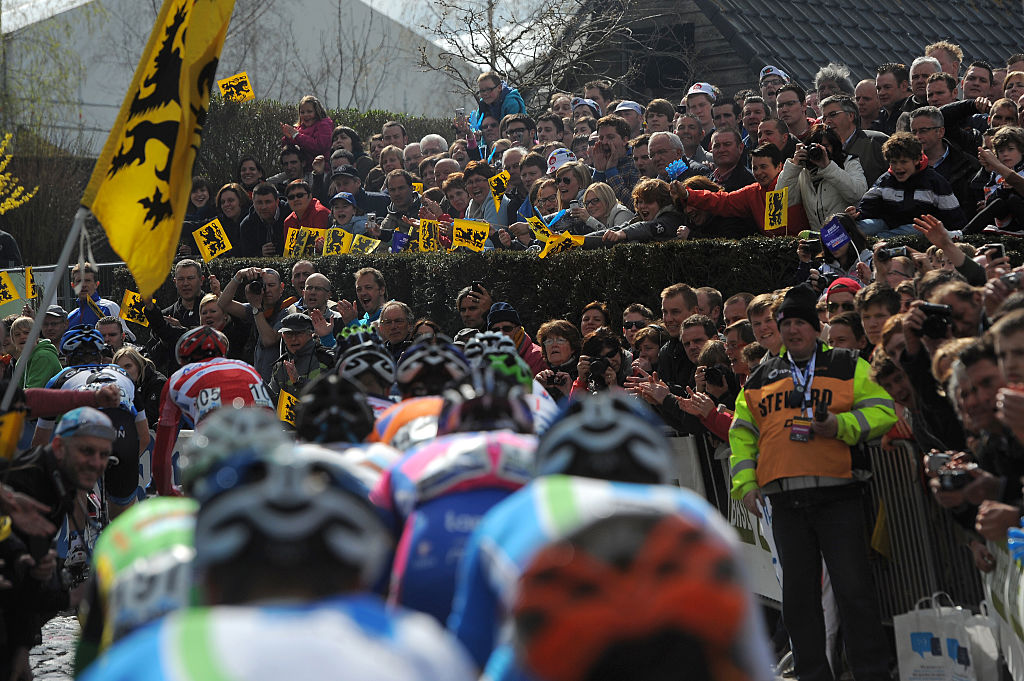
It’s the penultimate ascent of the Kwaremont where a rider’s chances can evaporate as they complete a short downhill before turning right onto a road no wider than a bike path, causing riders to lose significant positions just for not arriving at the front.
Pogacar was guided into this vital section of the race by Matteo Trentin in 2022 but he was unable to get rid of eventual winner Mathieu van der Poel who did enough on the Kwaremont to make contact with the front group before the Paterberg.
Also, if you do not have the legs on the final ascent of the Kwaremont, you certainly won’t have them on the Paterberg and will likely know your race is over before even getting onto the final 13km run to the line.

James Moultrie is a gold-standard NCTJ journalist who joined Cyclingnews as a News Writer in 2023 after originally contributing as a freelancer for eight months, during which time he also wrote for Eurosport, Rouleur and Cycling Weekly. Prior to joining the team he reported on races such as Paris-Roubaix and the Giro d’Italia Donne for Eurosport and has interviewed some of the sport’s top riders in Chloé Dygert, Lizzie Deignan and Wout van Aert. Outside of cycling, he spends the majority of his time watching other sports – rugby, football, cricket, and American Football to name a few.
